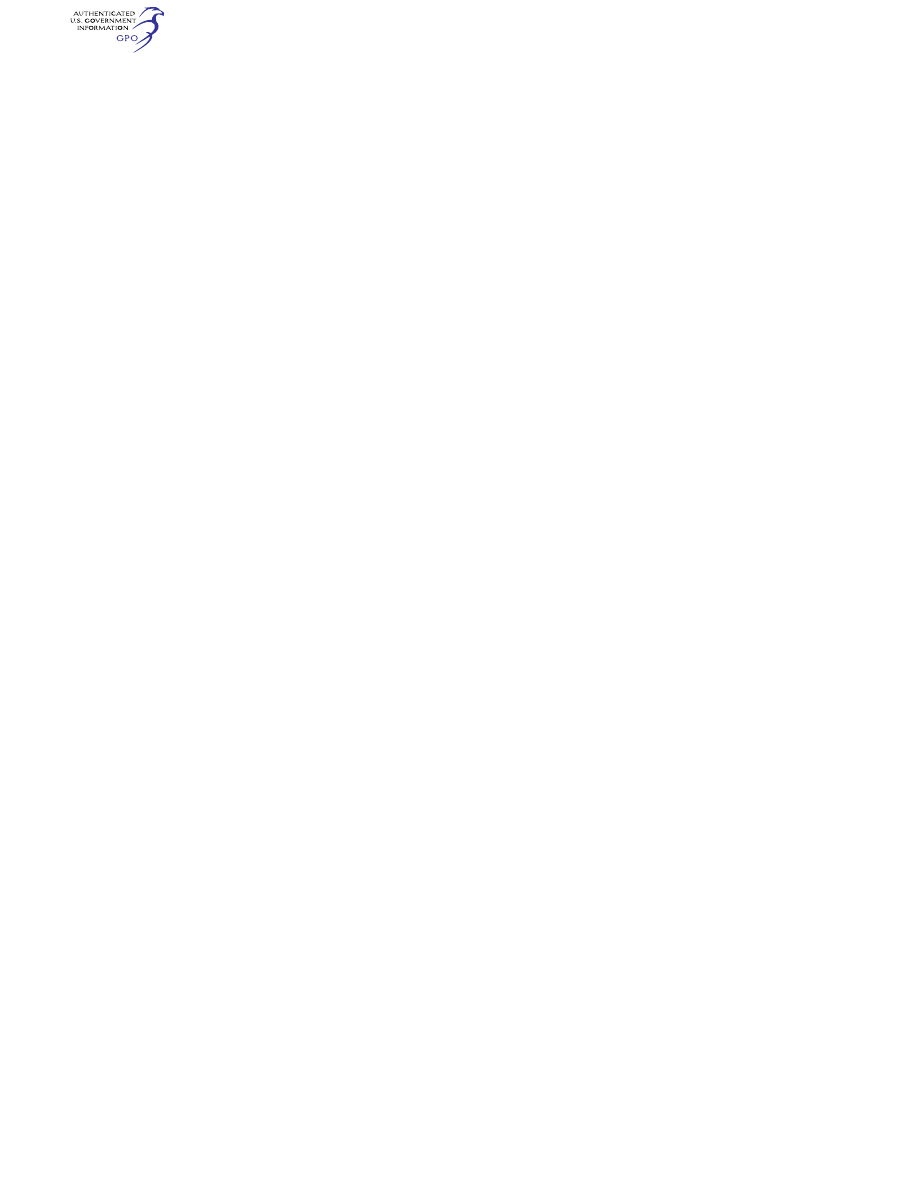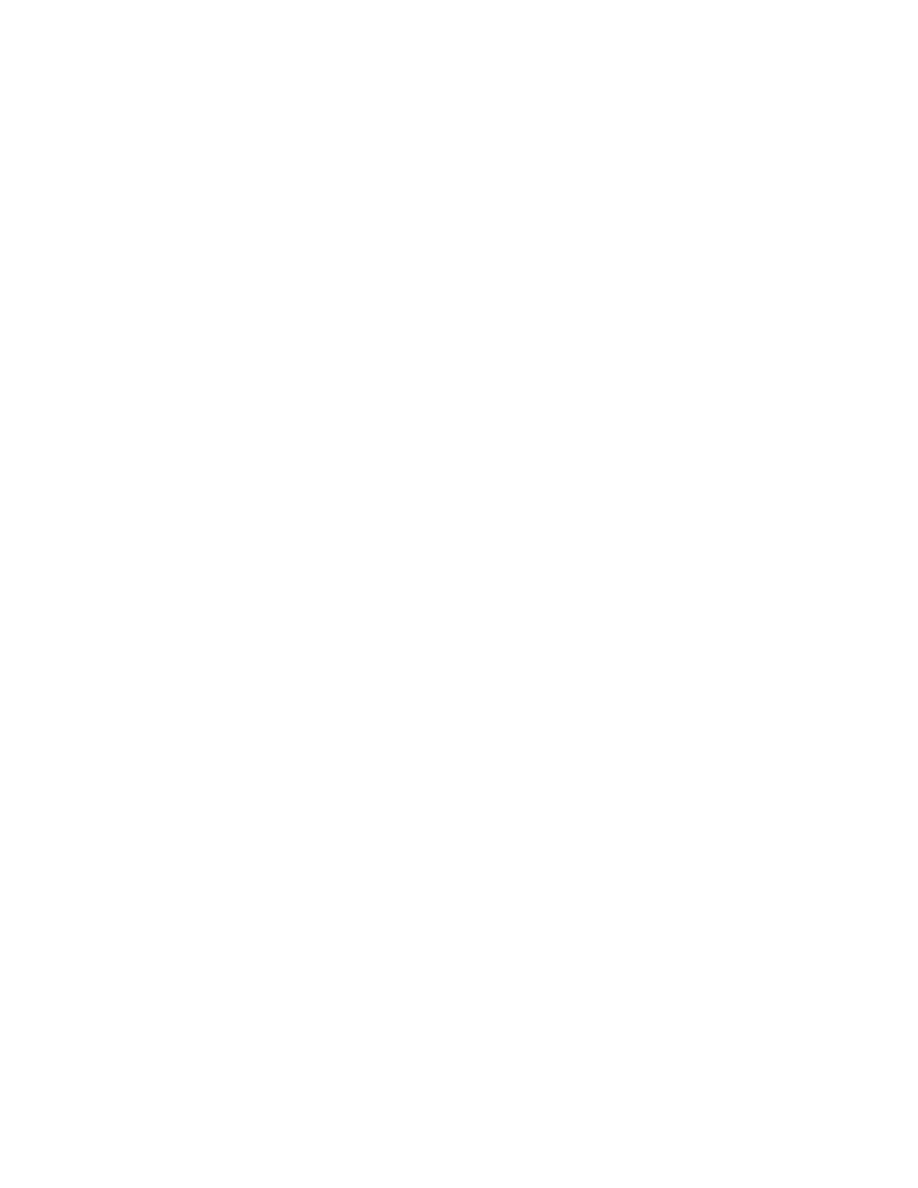
212
14 CFR Ch. I (1–1–24 Edition)
§ 121.542
§ 121.542 Flight crewmember duties.
(a) No certificate holder shall re-
quire, nor may any flight crewmember
perform, any duties during a critical
phase of flight except those duties re-
quired for the safe operation of the air-
craft. Duties such as company required
calls made for such nonsafety related
purposes as ordering galley supplies
and confirming passenger connections,
announcements made to passengers
promoting the air carrier or pointing
out sights of interest, and filling out
company payroll and related records
are not required for the safe operation
of the aircraft.
(b) No flight crewmember may en-
gage in, nor may any pilot in command
permit, any activity during a critical
phase of flight which could distract
any flight crewmember from the per-
formance of his or her duties or which
could interfere in any way with the
proper conduct of those duties. Activi-
ties such as eating meals, engaging in
nonessential conversations within the
cockpit and nonessential communica-
tions between the cabin and cockpit
crews, and reading publications not re-
lated to the proper conduct of the
flight are not required for the safe op-
eration of the aircraft.
(c) For the purposes of this section,
critical phases of flight includes all
ground operations involving taxi, take-
off and landing, and all other flight op-
erations conducted below 10,000 feet,
except cruise flight.
N
OTE
: Taxi is defined as ‘‘movement of an
airplane under its own power on the surface
of an airport.’’
(d) During all flight time as defined
in 14 CFR 1.1, no flight crewmember
may use, nor may any pilot in com-
mand permit the use of, a personal
wireless communications device (as de-
fined in 49 U.S.C. 44732(d)) or laptop
computer while at a flight crewmember
duty station unless the purpose is di-
rectly related to operation of the air-
craft, or for emergency, safety-related,
or employment-related communica-
tions, in accordance with air carrier
procedures approved by the Adminis-
trator.
[Doc. No. 20661, 46 FR 5502, Jan. 19, 1981, as
amended by Amdt. 121–369, 79 FR 8263, Feb.
12, 2014]
§ 121.543 Flight crewmembers at con-
trols.
(a) Except as provided in paragraph
(b) of this section, each required flight
crewmember on flight deck duty must
remain at the assigned duty station
with seat belt fastened while the air-
craft is taking off or landing, and while
it is en route.
(b) A required flight crewmember
may leave the assigned duty station—
(1) If the crewmember’s absence is
necessary for the performance of duties
in connection with the operation of the
aircraft;
(2) If the crewmember’s absence is in
connection with physiological needs; or
(3) If the crewmember is taking a rest
period, and relief is provided—
(i) In the case of the assigned pilot in
command during the en route cruise
portion of the flight, by a pilot who
holds an airline transport pilot certifi-
cate not subject to the limitations in
§ 61.167 of this chapter and an appro-
priate type rating, is currently quali-
fied as pilot in command or second in
command, and is qualified as pilot in
command of that aircraft during the en
route cruise portion of the flight. A
second in command qualified to act as
a pilot in command en route need not
have completed the following pilot in
command requirements: The 6-month
recurrent flight training required by
§ 121.433(c)(1)(iii); the operating experi-
ence required by § 121.434; the takeoffs
and landings required by § 121.439; the
line check required by § 121.440; and the
6-month proficiency check or simu-
lator training required by § 121.441(a)(1);
and
(ii) In the case of the assigned second
in command, by a pilot qualified to act
as second in command of that aircraft
during en route operations. However,
the relief pilot need not meet the re-
cent experience requirements of
§ 121.439(b).
[Doc. No. 16383, 43 FR 22648, May 25, 1978, as
amended by Amdt. 121–179, 47 FR 33390, Aug.
2, 1982; Amdt. 121–365, 78 FR 42378, July 15,
2013]
§ 121.544 Pilot monitoring.
Each pilot who is seated at the pilot
controls of the aircraft, while not fly-
ing the aircraft, must accomplish pilot
